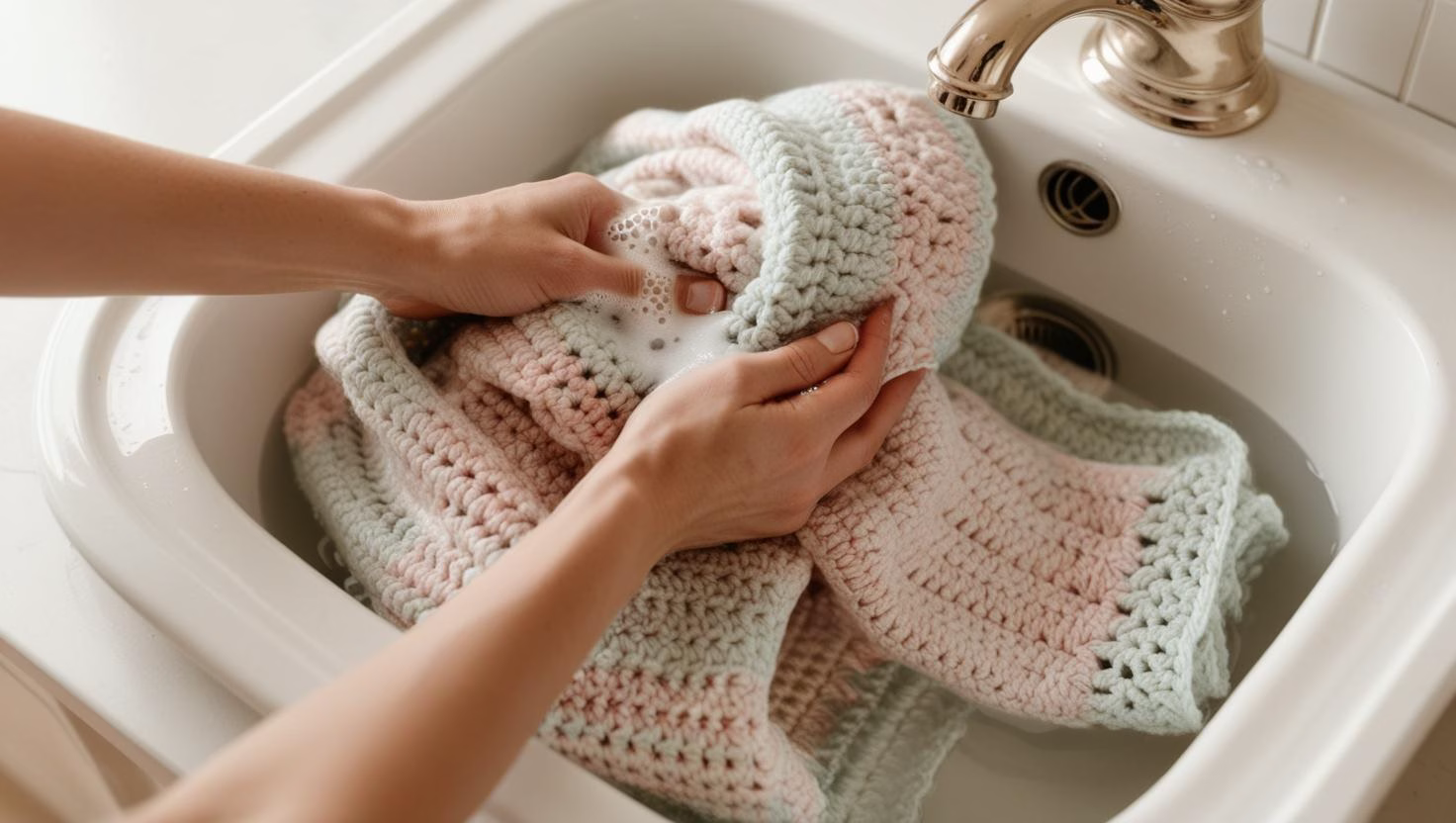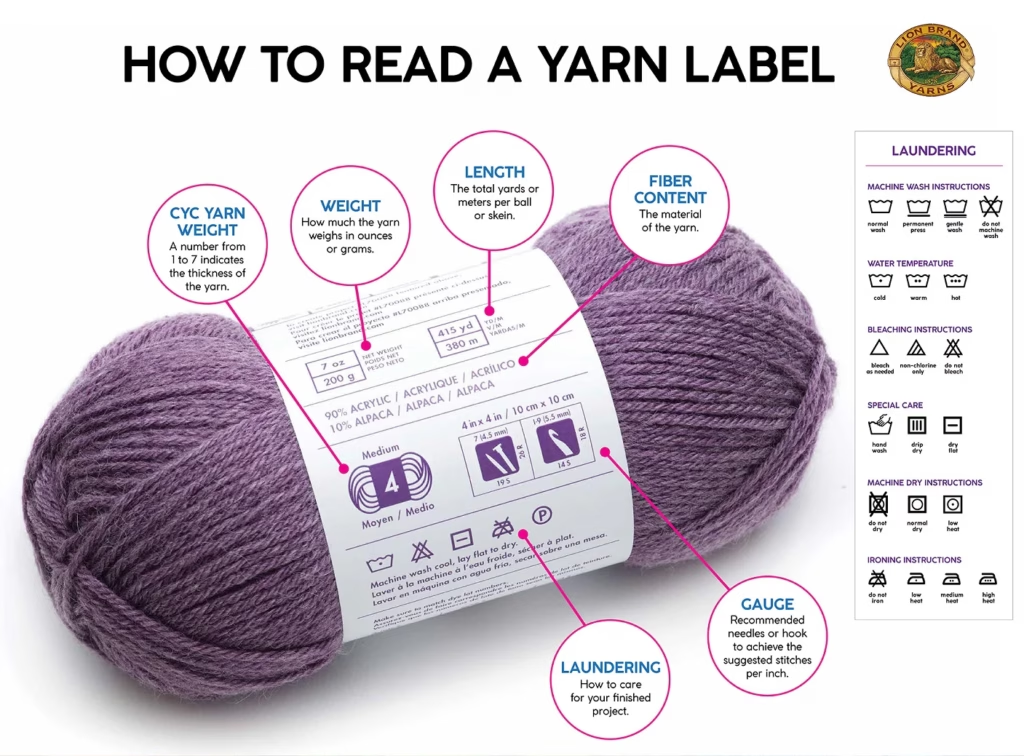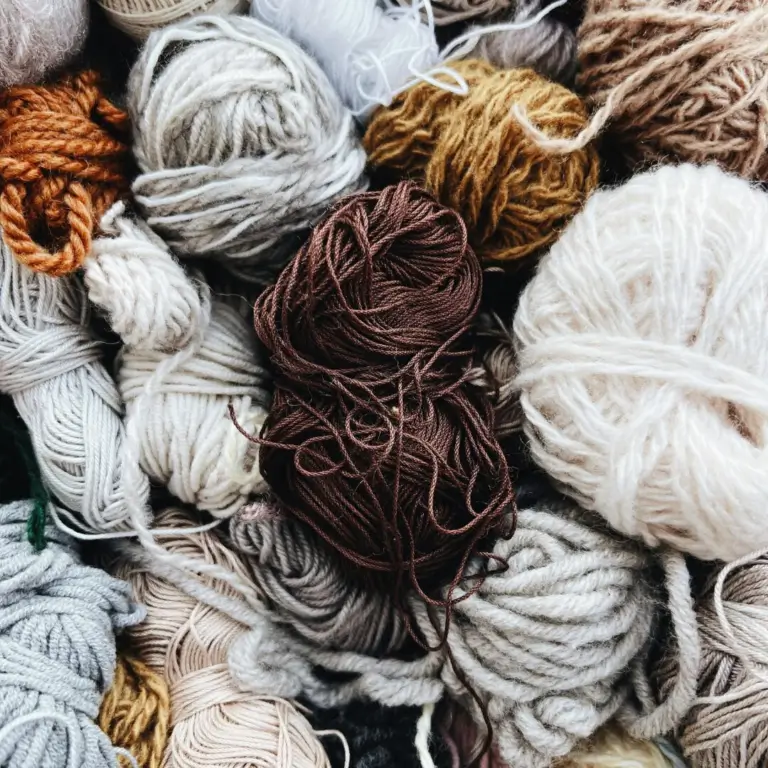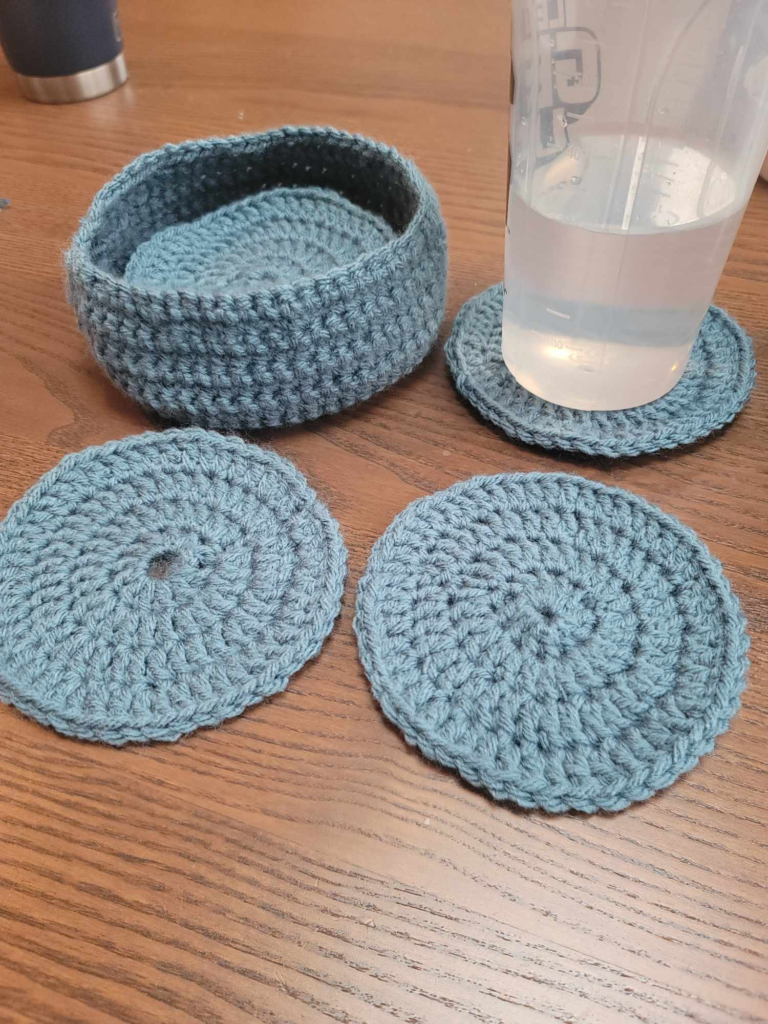Crochet Care Guide
Introduction
Crochet items are made with the maker’s blood (hopefully not really!), sweat, and tears! Every stitch is a labor of love and unique, so if you are lucky to have a handmade item or two, you will want to properly maintain them to enjoy them for years. Keep reading for some helpful tips in this comprehensive crochet care guide to help extend the life of your crochet creations.
DISCLOSURE: This post contains affiliate links, meaning if you click on a product or service, and decide to purchase it, I may receive a commission at no extra cost to you. All recommended products and services are based on my experience with them. For more information, please read my Disclaimer.
Proper maintenance of handmade items will preserve the quality of the item, maintain value, and extend its lifespan. Just think about the re-usability of crochet projects. Dishtowels, washcloths, blankets, clothing, etc. If properly cared for, our items last longer and we reduce waste since handmade items are often more durable than mass produced products.
Understanding Your Yarn
With any handmade item, you may need to do some research if care instructions were not included with the item. Something to consider is to better understand the materials that were used. Different yarns and other material types call for different care methods.
Crochet items can be made using a variety of fibers/materials. Here are some of the typical fibers and how to care for them:
Natural fibers (cotton, wool, alpaca, etc.)
With natural fibers like cotton, wool, alpaca, and silk it’s often recommended to hand wash these items. Avoid using scalding hot water (can cause some fibers to shrink), harsh chemicals and detergents, and rough scrubbing as it can lead to damage of the structural integrity of the item.
Drying methods are dependent on the fiber/materials used. Some items like wool are recommended to be dry cleaned. Other natural fibers can be put in the dryer on low or on a delicate cycle. If you really want to make sure there are no issues in the drying process, you can air dry the items.
Synthetic fibers (acrylic, polyester, nylon)
Synthetic fibers can take a little more of a beating than natural fibers, but it is recommended to still use caution. Mild detergents, cold water, and avoiding fabric softeners can extend the life and appeal of synthetic fiber creations. If washing multiple smaller synthetic items, try using a laundry bag to keep the material a little safer during the washing process.
Air drying is best for synthetic items. The material can suffer damage in the dryer, so air drying ensures no heat damage or shrinkage issues with the material.
Blended yarns
Always check out the recommendations on the label for blended yarns. If there are no instructions, try and clean the item based on whichever material listed is the most delicate. This will ensure the yarn doesn’t suffer damage through the wash and dry process.
How to read yarn labels for care instructions
Below is an image from Craft Yarn Council showing a Lion Brand yarn label with sections of the label identified and explained. They have highlighted many of the important things to know and understand on a yarn label.
Yarnspirations does a great job of explaining how to read a yarn label as well.
RELATED: Yarn Choices Explained: Finding Your Perfect Yarn
Washing Your Crochet Items
Hand washing is the best option if you aren’t sure of how to wash your item. It’s gentle on the fibers and there is less risk of accidental damage.
Always be sure to follow washing guidelines listed on the yarn label when machine washing. Delicate cycles are often a great setting to prevent possible damage to the fibers. Consider using cool water to avoid shrinkage. Avoid harsh scrubbing so as to not damage the item’s fibers.
When choosing a detergent, try to avoid any harsh chemicals (especially for natural fibers). Bleach and other harsh chemicals are not recommended as they may damage your item. Use a mild detergent and avoid any detergents or powder cleaners that do not fully wash out or dissolve. Avoid wringing out the item to prevent misshaping.
Many fiber companies have switched to using laundry symbols on their labels since it's saves space and is more universal to understand. Here is an example of a laundry symbol chart from the Craft Yarn Council.
Drying Methods
Air Drying
Air drying items is a more natural approach to the care of crochet items. It’s certainly more gentle than machine drying. This method is usually recommended because there is less heat damage. Although it may take longer, gentler methods such as air drying preserve the integrity of the project.
Blocking
There are multiple blocking techniques that can be used with crochet. Be sure to use rust proof pins on the blocking mat or board to avoid rust stains on your project. Be sure to check pattern instructions when blocking your creation to see if there is a specific blocking method recommendation. Last but not least, after blocking, make sure your project is COMPLETELY DRY before removing the pins.
I didn’t realize how many different ways there are to block a fiber project so I wanted to make sure some were listed in this crochet care guide! Check out some of the methods below and how they are used. Maybe one of these methods will help with your next project!
RELATED: Blocking Crochet Projects
Wet Blocking
The crochet project is completely submerged in water. Once completely wet, it is removed and then blocked using a blocking board or blocking mat. This strategy works best on acrylic and machine washable yarn creations but it can also stretch the project so be careful and measure when blocking.
Damp Blocking
Spray or spritz the project with water and then block it using a blocking board or mat. If you want less stretching and are using more delicate fibers, this is a great option.
Dry Blocking
The project gets put in the dryer on a low heat setting for a short amount of time and then is shaped and left to cool. Blocking may not be required depending on the type of project.
Pin Blocking
The project gets pinned to a blocking board or mat in such a way top stretch the project to the desired size and shape. It’s a good technique for trying to create a desired shape and size, but be careful not to tear or over stretch the project.
Avoid Direct Sunlight
Avoid direct sunlight on yarn projects. The direct sunlight can cause color fading. Also store the items in areas avoiding direct sunlight for better preservation.
Storage Solutions
Store your crochet projects in air tight containers or bags to protect from moths and other pests. Folding or rolling is better than using hangers to prevent unwanted stretching or damage to the project.
RELATED: Springtime Crochet Organization
Handling Specific Issues
Removing Stains
Over time items can get stained so you can spot clean with a pre-treat product, soak, and if needed gently try to agitate the project to get the stain out.
Pilling and Fuzz
Fabric shavers are great for handmade projects but I have also hear of other people using fine tooth combs and lint rollers to remove less stubborn fuzz and pilling.
For repairing holes in blankets etc, check out videos and tutorials by searching the specific issue of your project. For example, check out this post about repairing crochet blankets written by Pony McTate.
Conclusion
In conclusion, I hope this comprehensive crochet care guide will help you extend the life of your crochet creations. Remember to always check the care labels on the yarn you are using. If you are unsure of the materials used, check with the maker for recommended care instructions. When in doubt, cool water and delicate/hand washing is always a safe choice. Avoid using dryers to protect the integrity of the project.
As you know, a lot of work and time goes into creating many of these projects. So not only will you be able to enjoy the project longer by taking good care of it, but you are also acknowledging the work of the maker.
RELATED: 7 Foolproof Beginner Crochet Projects
Ultimate Guide To Crochet Techniques










Very helpful, I never even considered the different ways that one should go about washing crocheted items!
Honestly, I didn’t either until I messed something up! LOL
I love this—thank you for sharing! I’m still learning the ins and outs of crochet care, and this taught me something new. It really makes me appreciate the time and love that goes into every handmade piece even more.
I’m so happy you enjoyed this! Yes we should definitely take proper care of our handmade items so we can continue feeling the joy with them as we do now!
Thank you for sharing this valuable info! I can’t wait to try some of these tips.
You’re welcome!
Very helpful Post – thank you for sharing,
Thank you for reading! 🙂
This is the kind of wisdom that should come printed on yarn skeins. I’ve crocheted a few pieces only to ruin them accidentally. Thanks for helping his beginner learn how to keep my homemade masterpieces looking like masterpieces!
Happy to help! I have also ruined a few pieces so I definitely wanted to share this info!
Crochet care guide is definitely a great guide. I was always wondering how to care for my crochet. Very great tips!
You’re welcome!
This is such a valuable resource! As someone who has several treasured handmade crochet items from family members, I really appreciate this comprehensive guide. I’ll admit I’ve been guilty of just tossing everything in the regular wash without thinking about the specific fiber content – definitely going to be more mindful going forward!
The breakdown of different fiber types and their care requirements is especially helpful. I had no idea that synthetic fibers could be damaged by heat in the dryer. The tip about using laundry bags for smaller items is genius too.
Thank you for emphasizing how proper care helps preserve these labor-of-love creations for years to come. There’s something so special about handmade items, and they deserve the extra attention to keep them looking beautiful. Bookmarking this guide for future reference!
You’re welcome! I have wanted to just throw everything in the dryer so many times, so don’t feel bad! The more we know the longer we can enjoy our creations! Thanks for reading!
This is a very comprehensive guide! From washing to removing stains, and everything else, very helpful!
Thanks for sharing!
You’re welcome!
This was a super helpful guide! Especially the tip about air drying your crochets instead of machine drying. Thank you so much for sharing 🙂
You’re welcome! After having accidents with some of my items, I wanted to make sure I shared!
These are great tips! Thanks for sharing!
You’re welcome!
This is such an important reminder! Handmade crochet pieces carry so much heart and time in every stitch. It only makes sense to care for them properly. I really appreciate the tips; it’s nice to have a go-to guide to help preserve these beautiful, one-of-a-kind creations.
Absolutely! Thank you for reading!
Thank you so much for this guide. I’m new to crochet and feel lost sometimes. This post, and your blog will be very helpful for me.
Happy to help! If you run into any issues, feel free to reach out and we can figure it out 🙂